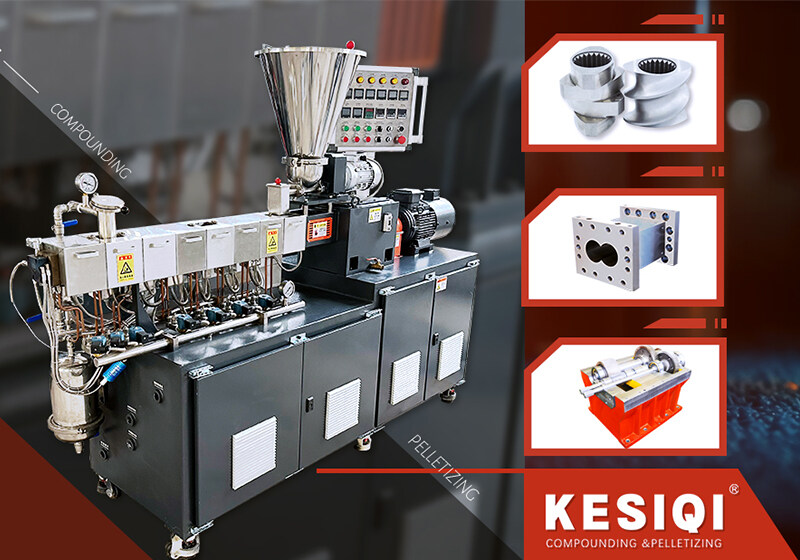Email cannot be empty
Password cannot be empty
Email format error
Email cannot be empty
Email already exists
6-20 characters(letters plus numbers only)
The password is inconsistent
Email format error
Email cannot be empty
Email does not exist
6-20 characters(letters plus numbers only)
The password is inconsistent


Polybutylene terephthalate (PBT) is renowned for its exceptional performance across various industries, boasting properties such as high crystallinity, excellent molding efficiency, weather resistance, low friction coefficient, and impressive mechanical strength. However, PBT also presents challenges, including low impact strength, high shrinkage, poor hydrolysis resistance, and susceptibility to warping when reinforced with glass fiber. These issues can negatively affect the quality of finished products, which is where twin-screw extruders play a crucial role in delivering high-quality PBT solutions.
At KSQmach, we specialize in developing advanced twin-screw extruders designed to tackle these challenges head-on. Our extruders are tailored to optimize PBT modification, ensuring efficient production processes and high-quality results. Let’s explore the key challenges faced in PBT modification and how our twin-screw extruders help solve these pain points.
Due to PBT’s rigid molecular structure, its notch impact strength is often lower than desired. To enhance toughness:
Our twin-screw extruders are engineered to handle these complex modification processes, ensuring consistent and high-quality blending of materials to optimize impact resistance.
In applications requiring thin-walled components, high flowability is essential to ensure mold filling with minimal pressure. Solutions include:
Our twin-screw extruders ensure that the materials are processed with precision, achieving the desired flow characteristics and reducing the risk of defects in thin-walled components.
Warping occurs due to uneven shrinkage in PBT/GF composites. To address this:
Our twin-screw extruders allow for the precise incorporation of fillers and additives, ensuring uniform distribution and reducing the potential for warping during molding.
Fiber floating in glass-fiber-reinforced PBT is a common issue caused by poor compatibility between PBT and glass fibers. Solutions include:
Our twin-screw extruders ensure effective mixing of PBT and glass fibers, while advanced processing techniques minimize the risk of fiber floating.
PBT has a tendency to leave deposits in molds, especially in glass-fiber-reinforced variants. To reduce mold fouling:
Our twin-screw extruders ensure uniform material processing, significantly reducing the formation of low-molecular-weight byproducts that lead to mold fouling.
PBT’s susceptibility to hydrolysis can be mitigated by:
Our twin-screw extruders are designed to incorporate these stabilizers effectively, ensuring that PBT-based products maintain their integrity even under high-humidity conditions.
At KSQmach, our twin-screw extruders are engineered to optimize every stage of PBT modification, from improving flowability to preventing warping and fiber floating. Our solutions ensure that customers can achieve high-quality, consistent results in their PBT products, regardless of the complexity of the material.
For more information on how our twin-screw extruders can enhance your PBT modification processes, contact us today.